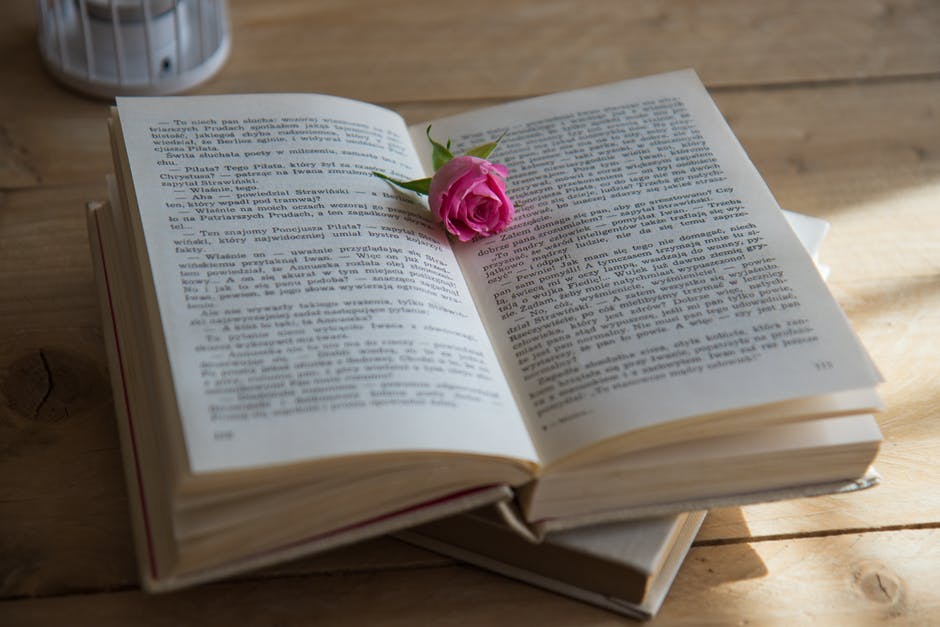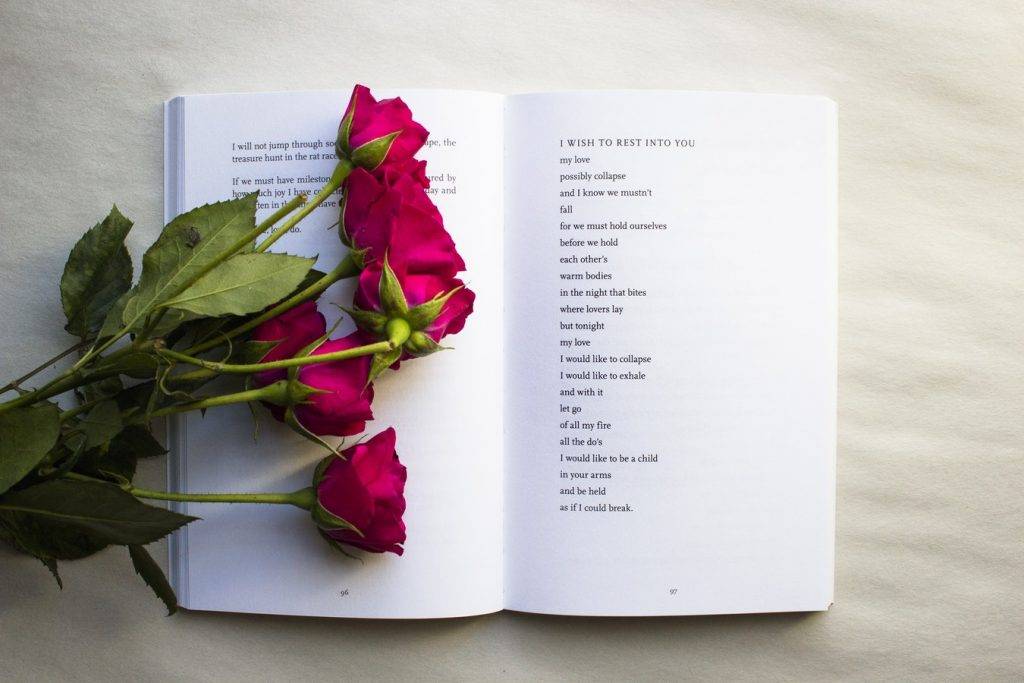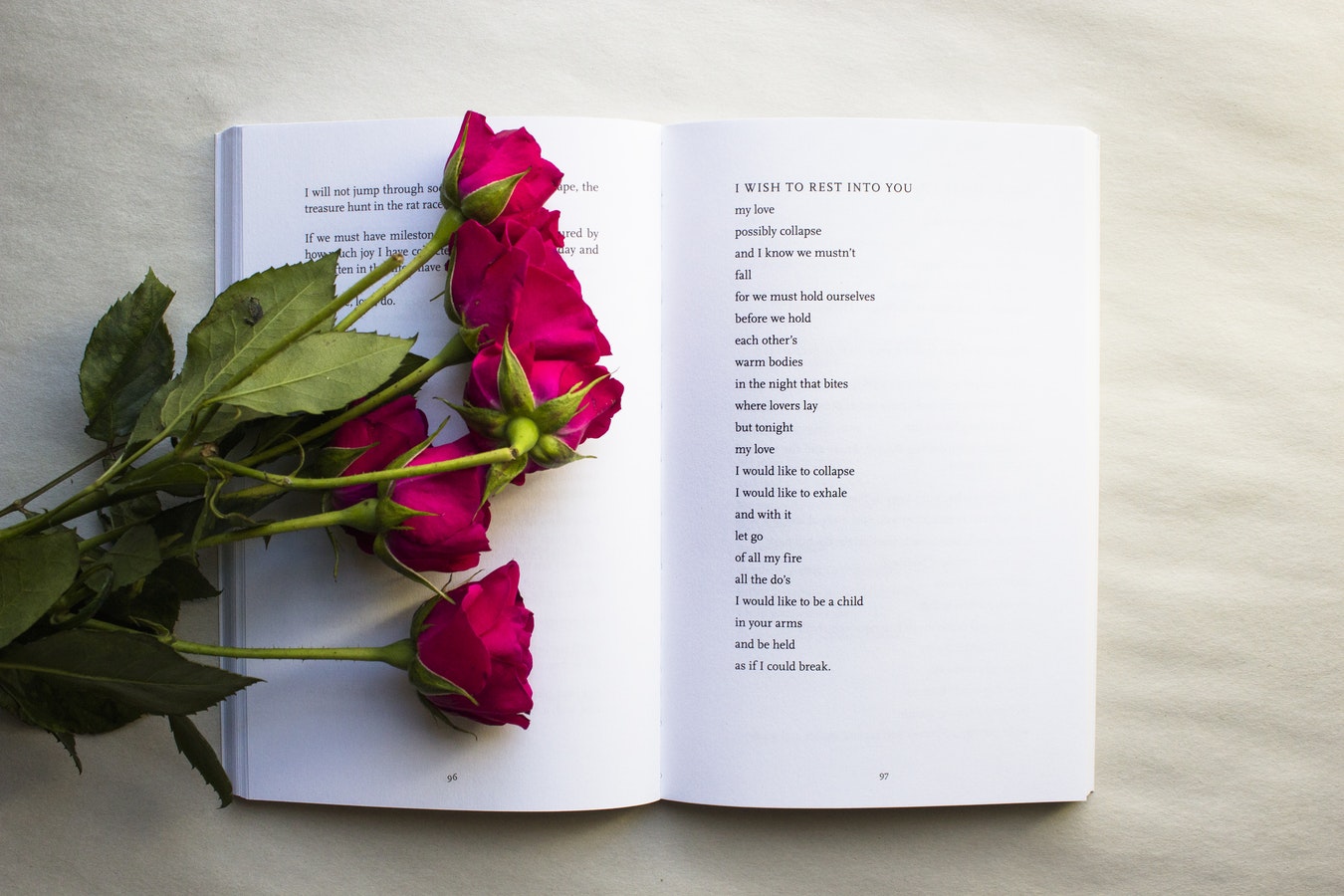Assonance and Consonance
Apart from the choice of words and its placement in a text, it’s important for a writer to pay attention to sound. If anything, sound can give meaning to poetry and help readers better understand the central message being conveyed. Because of this, authors work to explore the repetition of consonant and vowel sounds to make remarkable literary pieces from scratch. But the challenge comes with finding the right combination of words that suits the essence of the literary work, while still applying the different elements of poetry.
Definition
Before we look into the works of assonance and consonance in poetry, we must first understand how they function individually.
Assonance
Assonance example is a figurative term used to describe the repetition of vowel sounds in nearby words of a line of text. This is usually noticeable when the words are found close to one another. Similar to alliteration, it has the ability to affect the rhythm, tone, and mood of a piece. The repetition of vowel sound creates a rhyme that suits poetry perfectly as well.
Examples:
“He gives his harness bells a shake
To ask if there is some mistake.
The only other sound’s the sweep
Of easy wind and downy flake.
The woods are lovely, dark and deep.
But I have promises to keep,
And miles to go before I sleep,
And miles to go before I sleep.”
— Stopping by Woods on a Snowy Evening, by Robert Frost
In this example, it is clear that the repetition of vowel sounds can be found towards the end of each line. But what most people fail to notice is how repetition occurs in the middle of some lines of text as well. Assonance adds depth to the poetic piece, making it more appealing to readers.
“The moon, like a flower
In heaven’s high bower,
With silent delight,
Sits and smiles on the night.”
— Songs of Innocence, by William Blake
“The babymoon, a canoe, a silver papoose canoe, sails and sails in the Indian west.
A ring of silver foxes, a mist of silver foxes, sit and sit around the Indian moon.
One yellow star for a runner, and rows of blue stars for more runners keep a line of watchers…”
— Early Moon, by Carl Sandburg
“I must confess that in my quest I felt depressed and restless.”
— With Love, by Thin Lizzy

Consonance
Consonance refers to the repetition of consonant sounds within a word, but may also include the repetition of consonants either at the beginning or end of the word. Consonance is most apparent in tongue twisters, such as how ‘Peter Piper picked a peck of pickled peppers.’ However, this is also common in everyday sentences, phrases, song lyrics, and in poems. After all, there’s no denying how consonance can make our language sound even more musical than it already is.
Keep in mind that consonance applies to words with repeating consonant sounds, which means these words do not need to have the same consonants. For instance, ‘f’ and ‘ph’ may consist of different letters, yet the two still produce the same sound. Like assonance, consonance is also considered to be alliterative. These words do not need to be next to each other, but relatively close to another for it to be clear.
Examples:
“I’ll swing by my ankles.
She’ll cling to your knees.
As you hang by your nose,
From a high-up trapeze.
But just one thing, please,
As we float through the breeze”
— Early Moon, by Carl Sandburg
It’s obvious that the ‘s’ sound is repeated at the end of each line, but notice how the long ‘e’ sound is used multiple times as well.
“Of Man’s first disobedience, and the fruit
Of that Forbidden Tree, whose mortal taste
Brought Death into the World, and all our woe,
With loss of Eden, till one greater Man
Restore us, and regain the blissful Seat…”
— Paradise Lost, by John Milton
Let the boy try along this bayonet blade
How cold steel is, and keen with hunger of blood;
Blue with all malice, like a madman’s flash;
And thinly drawn with famishing for flesh.
— Arms and the Boy, by Wilfred Owen
“Nearly all joined in singing this hymn, which swelled high about the howling of the storm…”
— Moby-Dick, by Herman Melville
Assonance and Consonance in Poetry and Literature
Imagine how poetry and prose literature would be without hyperbole expressions, metaphors, and similes, or another figurative language. Plain? Dull? Lifeless? Or simply too boring for anyone to even bother reading it?
There are various reasons why writers make use of assonance and consonance for their creative pieces. For one thing, they add rhythm to one’s writing. These literary devices are used to entice a reader by making the piece sound catchy and interesting. It gives the reader a pleasurable experience by producing a musical effect with every word.
Assonance
“Gaily bedight,
A gallant knight,
In sunshine and in shadow,
Had journeyed long,
Singing a song,
In search of Eldorado.
But he grew old-
This knight so bold-
And o’er his heart a shadow
Fell as he found
No spot of ground
That looked like Eldorado…”
— Eldorado, by Edgar Allan Poe
The use of assonance can easily grab a person’s attention by keeping the reader more and more intrigued after every line. It sets the mood just right to create a deeper connection between the writer and the reader. Most songwriters use this as an opportunity to emphasize particular words, allowing listeners to spend more time sounding out and thinking about the word afterward. This is the perfect way to make a piece that’s worth remembering.

Consonance
“Beat! beat! drums!—blow! bugles! blow!
Through the windows—through doors—burst like a ruthless force,
Into the solemn church, and scatter the congregation,
Into the school where the scholar is studying,
Leave not the bridegroom quiet—no happiness must he have now with his bride,
Nor the peaceful farmer any peace, ploughing his field or gathering his grain,
So fierce you whirr and pound you drums—so shrill you bugles blow.”
— Beat! Beat! Drums!, by Walt Whitman
What makes this literary piece unique is how the use of consonance matches its content. It mimics the constant beating of the drum, which is noticeable even from the first line of text. It captures the intensity of every blow, leaving a reader in a dramatic trance.
Writers use consonance for one primary purpose, and that is to intensify the language. Notice how some of the biggest companies in the world take advantage of such to strengthen their corporate branding. Best Buy and Coca-Cola to name a few, both use alliterative consonance for effortless advertising. These company names consist of a repetition of consonant sounds that make them more memorable to customers, and in turn, more relevant in the industry they are in.
To poets, consonance can also be of great use to balance out the density of their literary pieces. It has the ability to slow down the reading process and encourage further comprehension instead. This allows readers to fully understand the deeper message that a writer is trying to convey. The excitement brought by this literary device acts as a thread that carries readers through the poem. It builds further anticipation after every line, allowing the reader to feel the desire and sensation to continue reading.
 The function of assonance and consonance is widely-used by modern-day poets and novelists alike. These multifaceted literary devices provide depth and texture to one’s writing, which can greatly appeal to readers of any age. The frequent use of assonance and consonance contributes to the mood the writer wants the audience to feel as well. All of these make the writing and reading experience extra fun for writers and their respective audiences.
The function of assonance and consonance is widely-used by modern-day poets and novelists alike. These multifaceted literary devices provide depth and texture to one’s writing, which can greatly appeal to readers of any age. The frequent use of assonance and consonance contributes to the mood the writer wants the audience to feel as well. All of these make the writing and reading experience extra fun for writers and their respective audiences.


